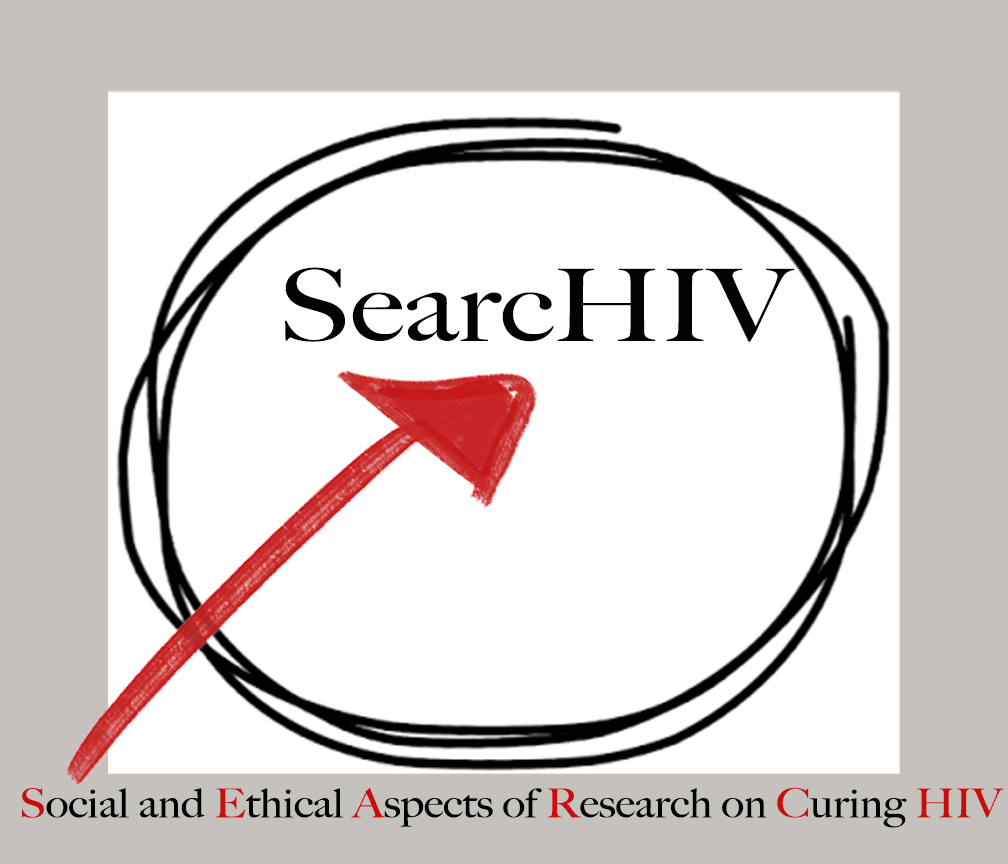By Qingyan Ma, PhD
Bringing the voices of people living with HIV (PLHIV) into HIV cure research is critical to increase community engagement in clinical trial participation, enhance HIV treatment adherence, as well as improve psychosocial well-being of PLHIV. Therefore, we recently published a paper in Journal of Virus Eradication to present our qualitative findings of perceptions of HIV cure among PLHIV in Guangzhou, China.
By the end of 2011, there were 780,000 people estimated to be living with HIV in China. Since 2004, the Chinese government has provided free ART. In recent years, the Chinese government has followed the trend of high-income countries by funding and prioritizing HIV cure research. For example, China’s National Hi-Tech Research Development Program (also known as the 863 Program) recently provided nearly two million USD for gene therapy studies to cure HIV[1]. On the municipal level, the Guangzhou municipal government also funded a cure research project[2] (see previous blog). However, similar to many other places around the world, China still has a high degree of HIV stigmatization and discrimination. These national, historical and social factors shaped PLHIV’s current perceptions of HIV cure in China.
From September 2014 to June 2015, we conducted a qualitative study at the largest infectious diseases hospital in Guangzhou to explore perceptions of HIV cure research among PLHIV. We conducted in-depth interviews with 22 PLHIV who were randomly recruited after their clinical visit in the hospital. We asked questions to collect their basic demographic and clinical data, their conception and knowledge of HIV cure, and their current life conditions and ideas about the relationship between their current life and HIV cure. The interviews were open-ended. All of the interviews were conducted in Mandarin Chinese.
The key findings of our study revealed that PLHIV in China generally perceive HIV cure as distant possibility, inaccessible, and expensive. This finding is consistent with other qualitative research about HIV cure in China among people who inject drugs (PWID) who perceived cure as expensive.[3] The historical precedent that ART was not provided for free in China before 2003 and was generally absent in sub-Saharan Africa in the early decades of the AIDS epidemic also added to PLHIV’s suspicion of future availability of HIV cure. In addition, the high cost of drugs curing HCV increased people’s perception of HIV cure as prohibitively expensive. This perception of HIV cure further highlights the need to prioritize universal access to an HIV cure in terms of availability, accessibility, acceptability and quality as basic human rights to health.[4] In the meantime, some of our research participants have normalized the chronic condition of HIV infection and ART adherence. For them, it is more urgent and realistic to have access to better medication with less toxicity, perhaps taken less frequently, and lessen the stigma associated with HIV in society.
Although we present results from a relatively small study, our data suggest that issues surrounding HIV treatment are still considered the highest priority among PLHIV in China. This study suggests that excitement about HIV cure research should not obscure the need to provide better and more kinds of ART, to educate the general public about HIV, and to lessen the fear and stigma associated with HIV. More importantly, our findings also highlight the heterogeneity of PLHIV’s perceptions of the possibility of HIV cure and the importance of integrating more social science research with biomedical research on HIV cure.[5]
[1] He H. Editing genes to cure HIV? Chinese team awarded US$2m to pursue anti-AIDS technology. South China Morning Post. 2015
[2] Luo H. Launching the Health and Medicine Collaborative Innovation Project Term II. Guangzhou Daily. 2015.
[3] Chu CE, Wu F, He X, et al. Exploring the Social Meaning of Curing HIV: A Qualitative Study of People Who Inject Drugs in Guangzhou, China. AIDS Research and Human Retroviruses 2014; 31(1): 78-84.
[4] Meier BM, Gelpi A, Kavanagh MM, Forman L, Amon JJ. Employing human rights frameworks to realize access to an HIV cure. Journal of the International AIDS Society 2015; 18(1): 20305
[5] Grossman CI, Ross AL, Auerbach JD, et al. Towards Multidisciplinary HIV-Cure Research: Integrating Social Science with Biomedical Research. Trends in Microbiology.


2 Responses to “Perceptions of HIV cure among people living with HIV in Guangzhou, China: a qualitative study”
Anonymous
Perceptions and awareness of HIV are much more important than the actual treatment. by next generation antibody sequencing.
Jadwal Dokter
Thanks for the great insight